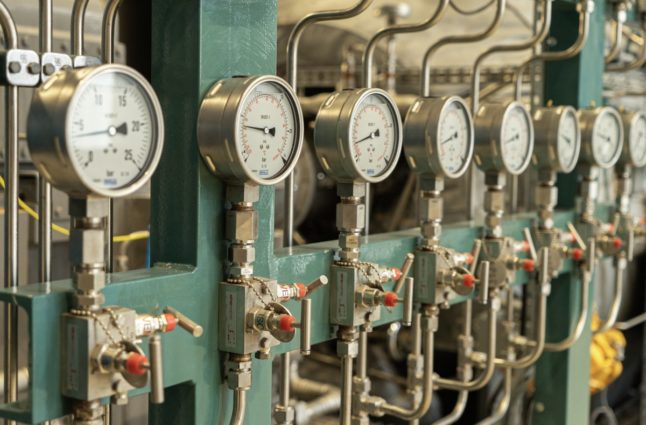Staunchly anti-nuclear Austria lodged the legal complaint in 2018 after the European Union’s executive arm allowed the expansion of the Paks nuclear plant outside the Hungarian capital Budapest with a 10-billion-euro ($12.4 billion) Russian loan.
The plant is Hungary’s only nuclear facility and supplies around 40 percent of its electricity needs.
In its decision the commission judged that the project met EU rules on state aid, but Austria disputed this.
The General Court of the EU ruled Wednesday that “member states are free to determine the composition of their own energy mix and that the Commission cannot require that state financing be allocated to alternative energy sources.”
READ ALSO: Why is Austria so anti nuclear power?
Hungary aims to have two new reactors enter service by 2030, more than doubling the plant’s current capacity with the 12.5-billion-euro construction. The Paks plant was built with Soviet-era technology in the 1980s during Hungary’s communist period.
The construction of two new reactors is part of a 2014 deal struck between Hungary’s right-wing Prime Minister Victor Orban and Russian President Vladimir Putin. The work is carried out by Moscow’s state-owned nuclear agency Rosatom.
The details of the deal have been classified for 30 years for “national security reasons” with critics alleging this could conceal corruption.
READ ALSO: Reader question: What are the chances of blackouts in Austria this winter?
Since the late 1970s, Austria has been fiercely anti-nuclear, starting with an unprecedented vote by its population that prevented the country’s only plant from providing a watt of power.
Last month, the Alpine EU member filed a complaint with the European Court of Justice over the bloc’s decision to label nuclear power as green.
In 2020, the top EU court threw out an appeal by Austria to find British government subsidies for the nuclear power plant at Hinkley Point in breach of the bloc’s state aid rules.



 Please whitelist us to continue reading.
Please whitelist us to continue reading.
Member comments